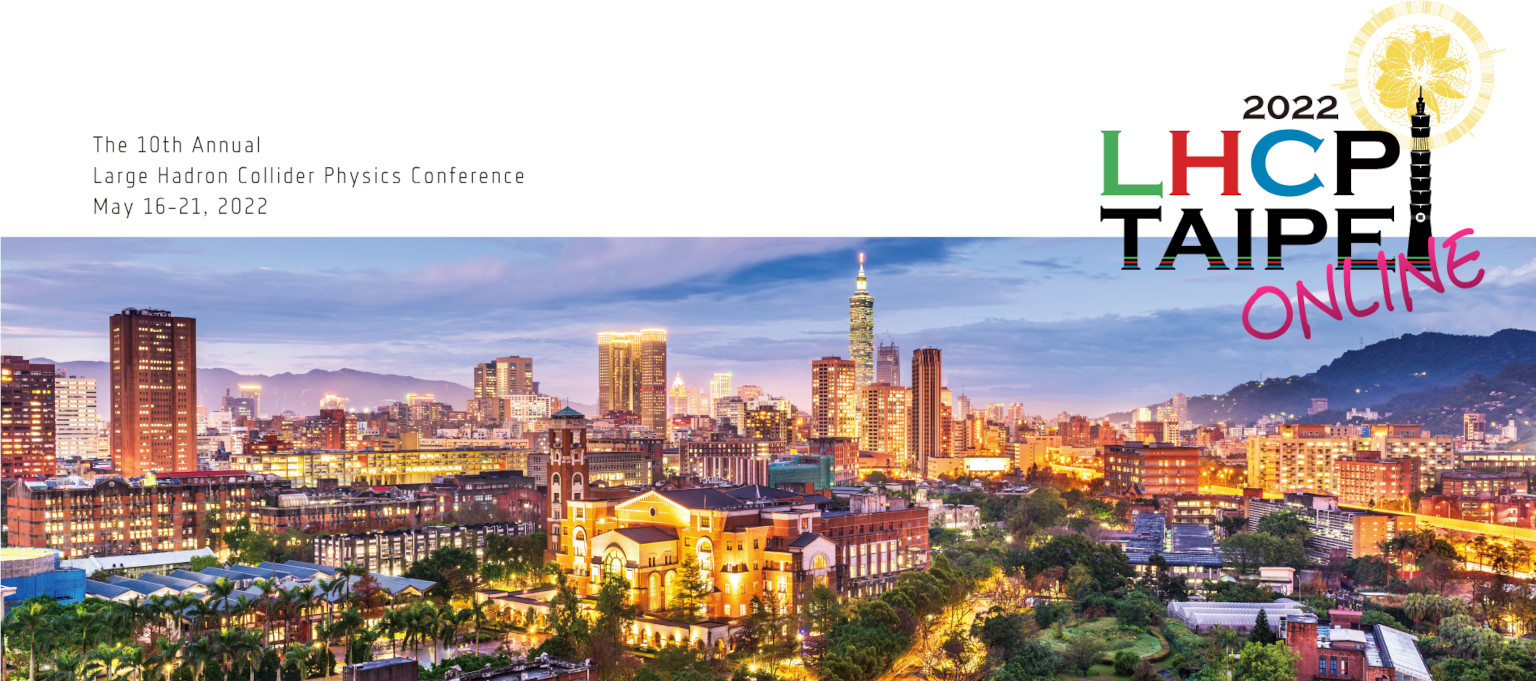Speaker
Description
The applicability of hydrodynamics to study the space-time evolution of hadronic matter produced in relativistic heavy-ion collisions is one of the outstanding issues. The hadronic matter may be produced initially in the hadronic phase or may appear after a quark-gluon plasma phase produced initially revert to hadronic matter through a phase transition. The Knudsen number ($Kn$) can be used as an indicator of the degree of thermalization in the system. In this study, we obtain the variation of $Kn$ to study the degree of thermalization in an excluded volume hadron resonance gas model. $Kn$ along with other parameters like Reynolds number ($Re$) and Mach number ($Ma$) give insights into the nature of the flow in the system. The dependence of these dimensionless parameters on system size and baryonic chemical potential ($\mu_B$) are studied. The obtained values of the parameters ($Kn << 1$, $Ma ∼ 1$ and $Re >> 1$) indicate the occurrence of compressible inviscid flows at high temperatures close to the QCD phase transition region ($T ∼150−170$ MeV). The degree of thermalization of hadron gas estimated is comparable over different system sizes, indicating the applicability of hydrodynamics in interpreting the results from high multiplicity pp to heavy-ion collisions.
Reference: R. Scaria, D. Sahu, C. R. Singh, R. Sahoo and J. Alam, [arXiv:2201.08096 [hep-ph]].




